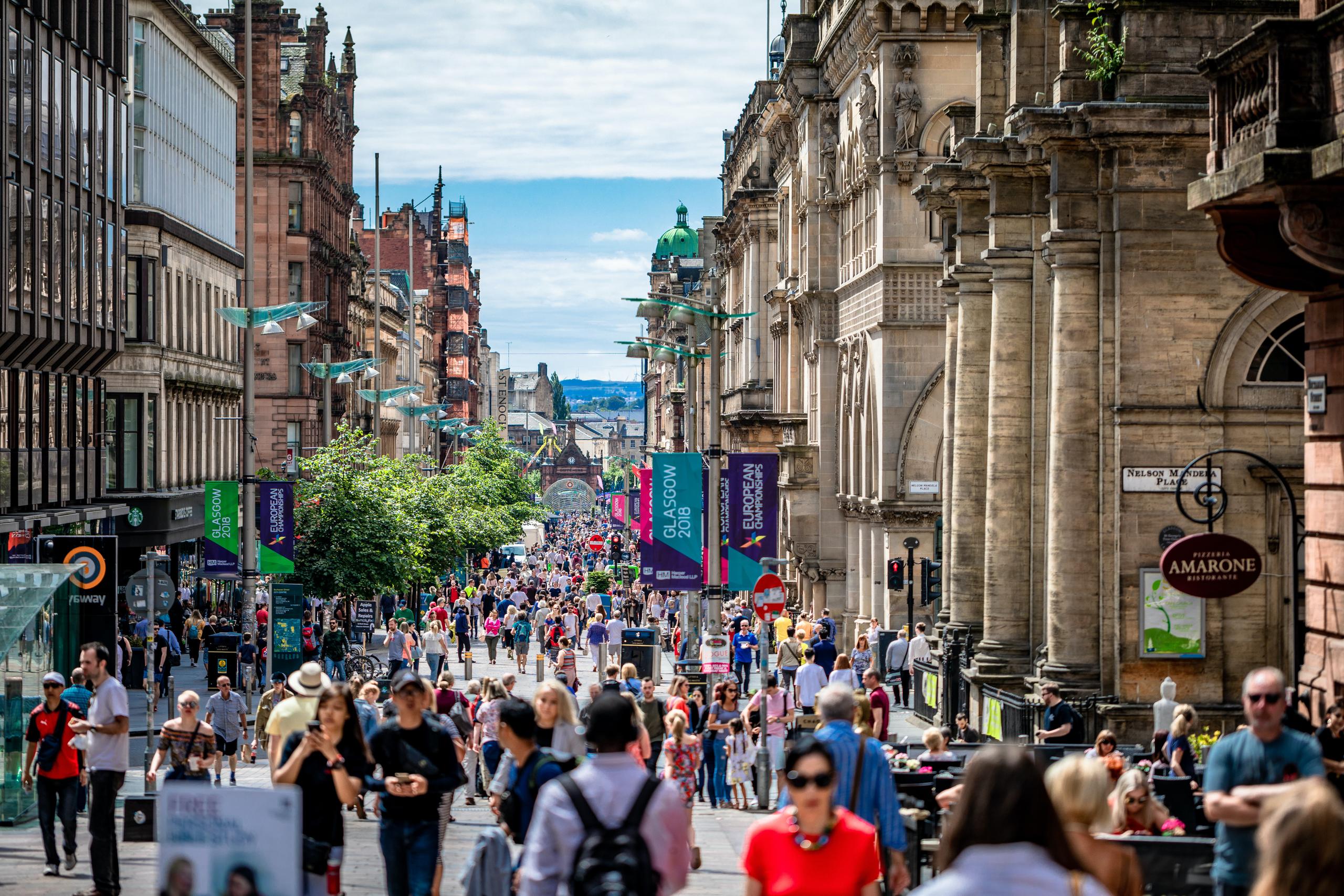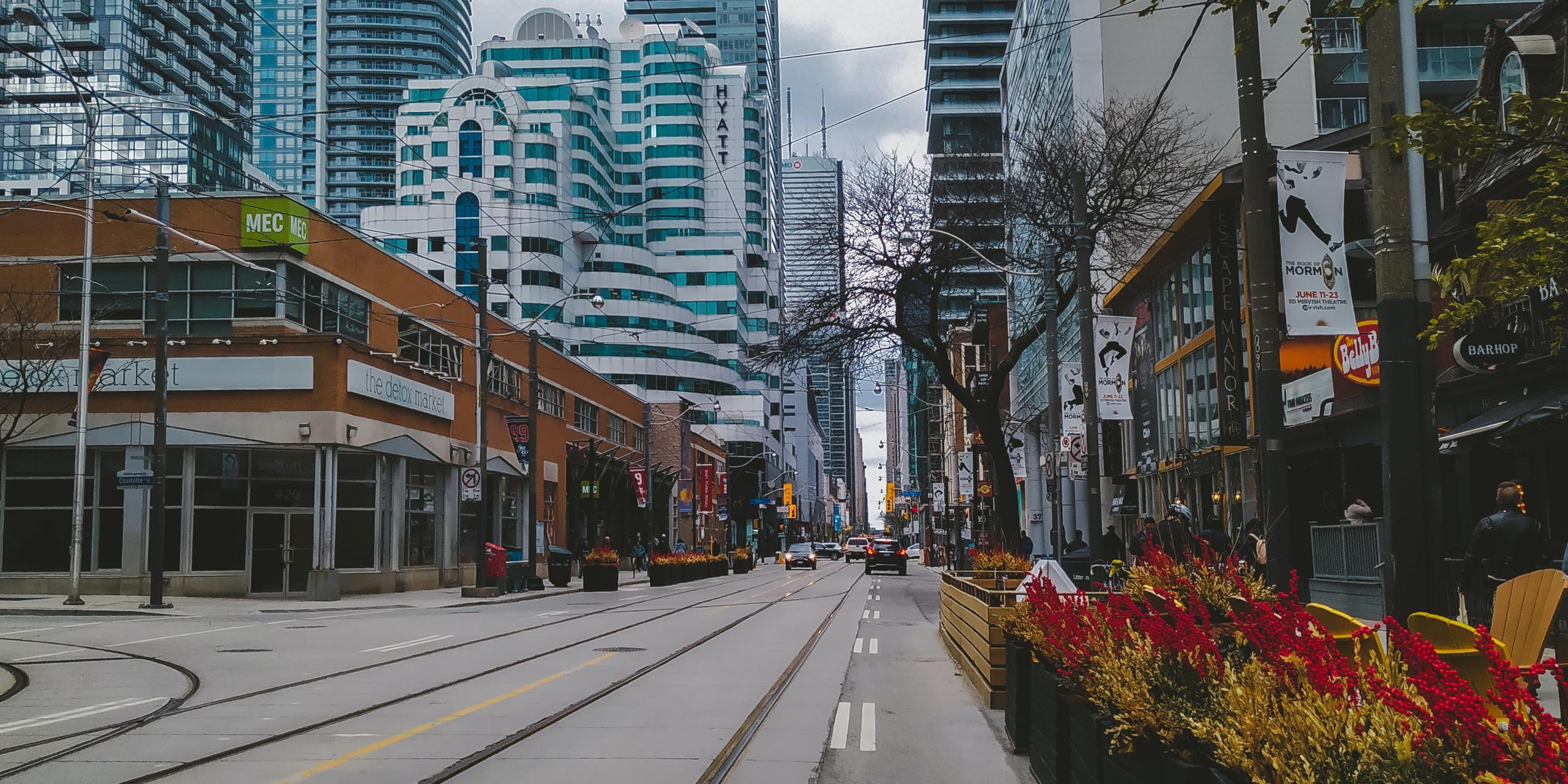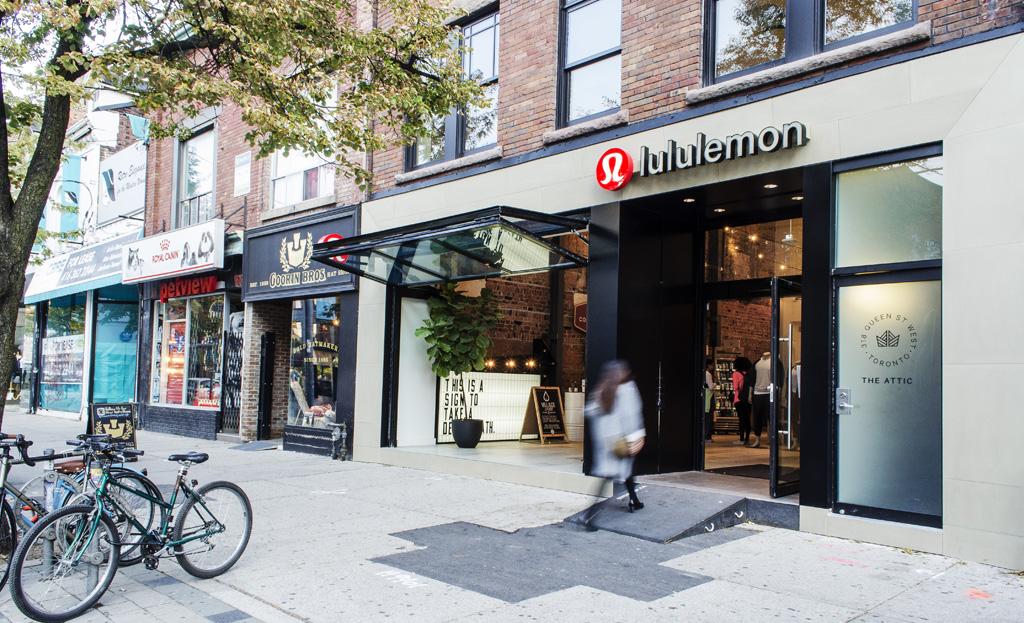The world now appears very different from what we were once familiar with, particularly when it comes to the retail industry. Our patterns as consumers prior to COVID-19 were already moving in a direction away from traditional brick and mortar, with consumer attention shifting to places of experience, of play and of community gathering. Examples of this change include increased opportunities for VR, the proliferation of entertainment experiences like Dr. Seuss World, and the addition of complexes built for play such as Cineplex’s Rec Room locations. Retail has been in a state of flux for years. As provinces begin to roll out their roadmaps for businesses to open up again, the industry is facing a growing number of unknowns. What do individuals require in order to feel safe? What changes in our urban fabric will be made so that one can feel “normal” once again?
Select businesses are beginning to reopen, but most malls are not at the full operating level that they once were. And with summer just around the corner, even if all indoor malls resume pre-COVID operation capacity, it may prove tough to lure Canadians inside again after spending months of social isolation confined indoors. Fear of a second wave of COVID-19 will also impact the fate of our malls, and retail’s next shift will be entwined with our immediate social needs. People will want to shop with intent, purposefully paying visits to the small boutiques that they’ve missed and grocers that they could not get to during lockdown. Rather than shopping at the mall out of convenience because that’s where you can find every kind of store in one place, retail will serve as a strategic event for individuals and families - a way to enjoy an experience outside of the home.
The high street is often known to be a representation of wealth; it is a feast for the eyes when it comes to window shopping and is where you can find all of the most well-known international luxury goods. It is also a place to see and be seen.

Buchanan Galleries in Glasgow, Scotland bustling in pre-pandemic days.
In dense urban areas, high streets in downtown Toronto such as King West, Queen West and Yorkville’s Bloor and Cumberland Streets will be where people seek solace from their own confined homes and condominiums. The high street we once knew will evolve into the street of the people where supporting our local businesses becomes top of mind, rather than conspicuous consumption. Shopping for items that feel nostalgic to our lives and feed our souls will be a high priority. The new “high end” will continue to include companies that have served our lives with wellness such as Casper and Lululemon, both brands which have an extremely strong e-commerce portfolio to survive these times.
.jpg)
Retail brands with a strong e-commerce portfolio are able to weather the COVID-19 storm and maintain their retail presence post pandemic.
How will the high street change from a public realm perspective? COVID-19 may yet prove to be a catalyst of development for more outdoor shopping opportunities. Ideal scenarios for shopping as we move into summer months would be if streets could fully close off to cars, becoming pedestrian-only during peak shopping hours to make space for physical distancing. Seating on the sidewalks and patio areas could be spaced out to ensure that we are all 2m apart. Similar to the extended patios on King West during TIFF, establishments could then further space out tables. This would in turn translate to narrower vehicular road space but increased physical distancing space for currently congested pedestrian areas.

This stretch of King Street West in Toronto is transformed into pedestrian-only access during TIFF and has limited vehicular traffic throughout the year, allowing pedestrian uses to extend into the street.
Of course, all of these ideas will require intricate planning. While we want to provide outdoor public space and encourage neighbourhoods to thrive again, we want to ensure that people are safe. Retailers will benefit from designated areas for curb-side pick up, and this portion of leasable area for stores will now need to be accounted for. We will have increased public handwashing and sanitization stations and wayfinding for directional flow. Stores with multiple entrances, once considered an asset protection nightmare, will now be able to adopt single-directional shopping patterns. Neighbourhood BIAs can be called upon to help shops open up safely, but could also shift to aiding mom and pop shops navigate a move into a digital business model. We have seen so many innovative ways that businesses have adapted in order to survive during this challenging time, and going forward every business model may include a supply fallback strategy that applies lessons learned for potential future disruptions.

Street-facing retail will be key in both economic recovery and re-establishing community engagement in the post-pandemic landscape. Storefronts with multiple entrances can also control directional traffic through their stores for a safe shopping experience.
The future of our streets will be vibrant, but for the time being they will also need to be designed to empower people to safely distance.
Humans are social creatures; it is in our nature. We thrive on being around others, and visiting outdoor high streets will provide us the freedom to do so in the current context.
For the urban dweller, home is where the high street is.